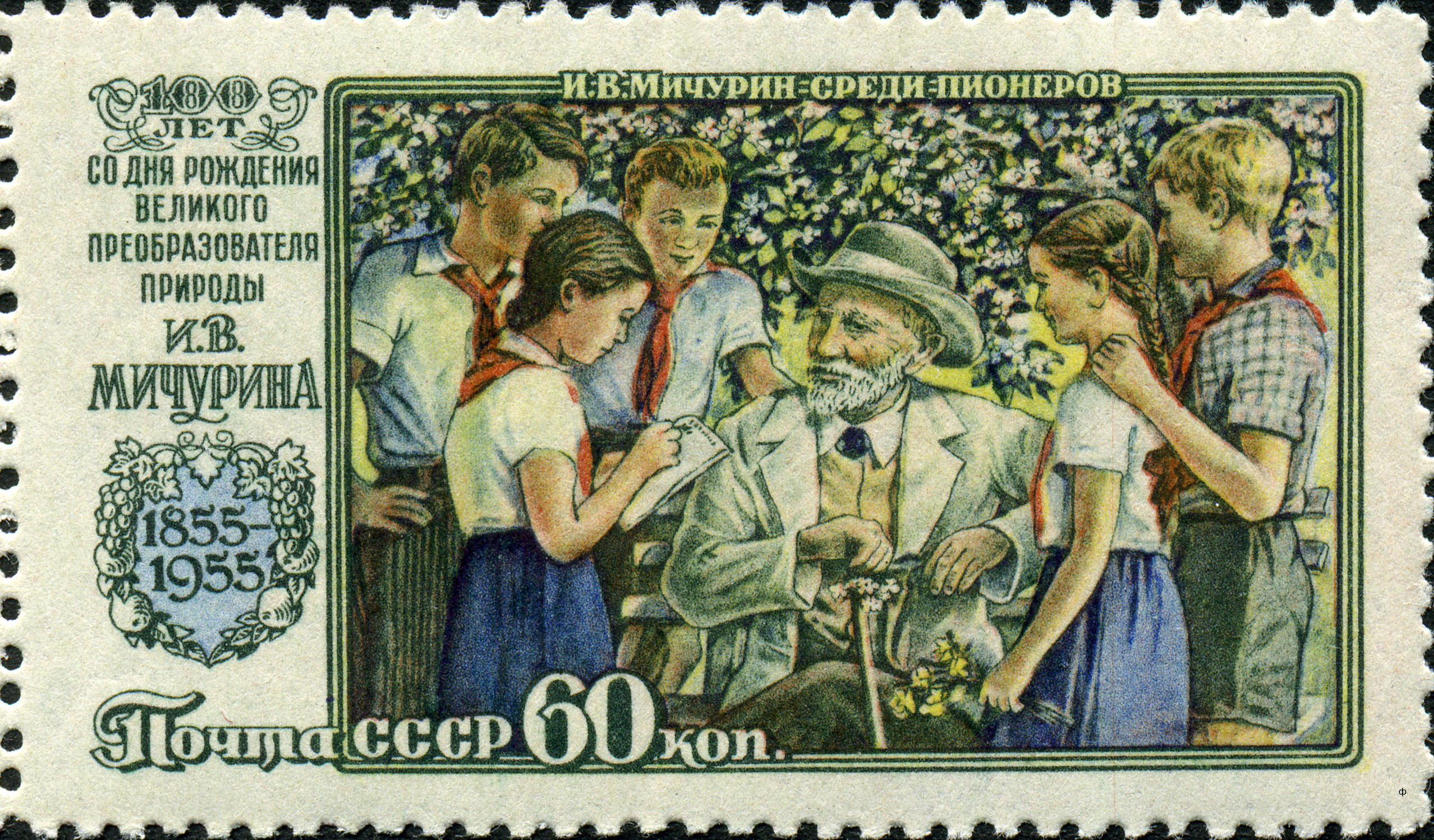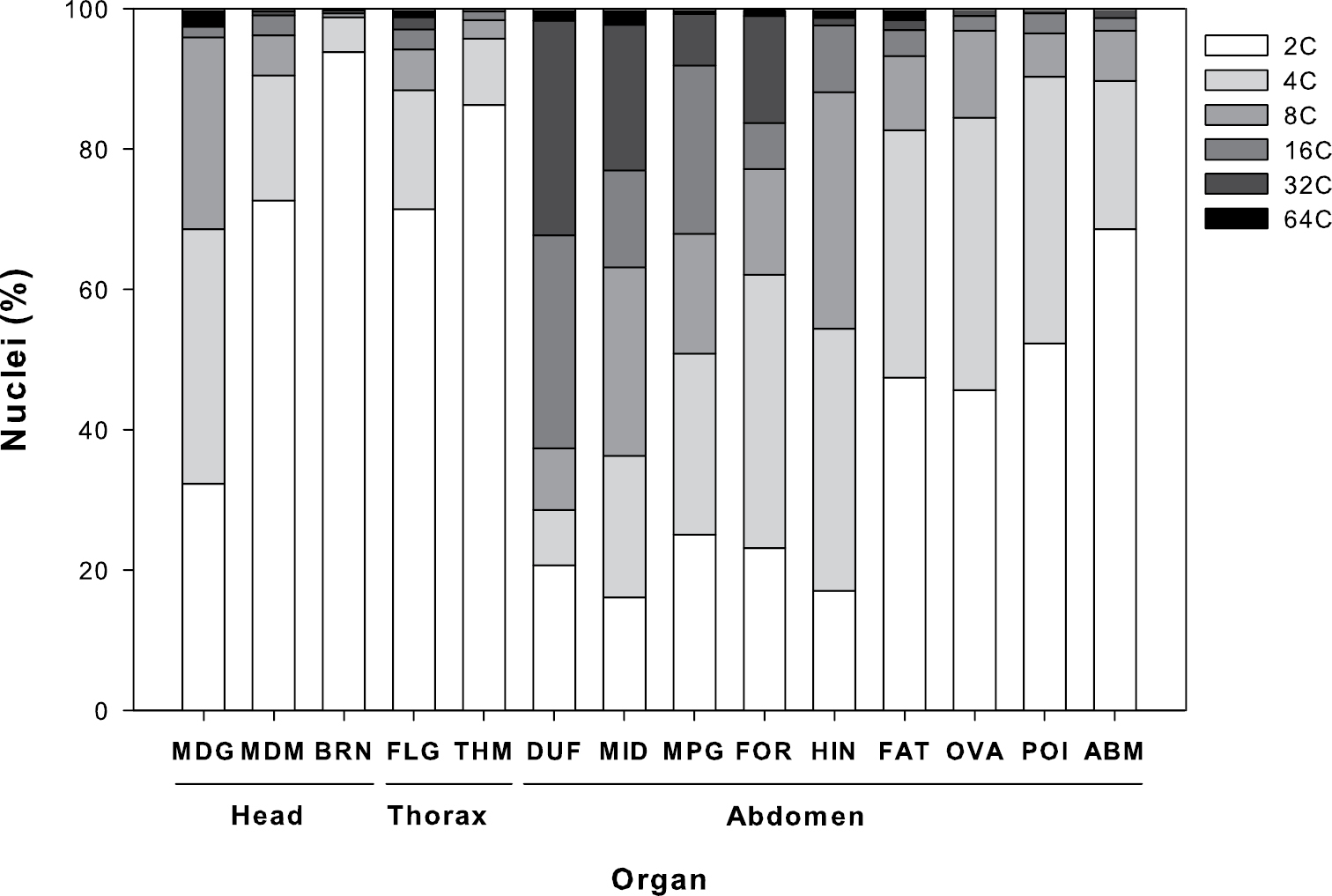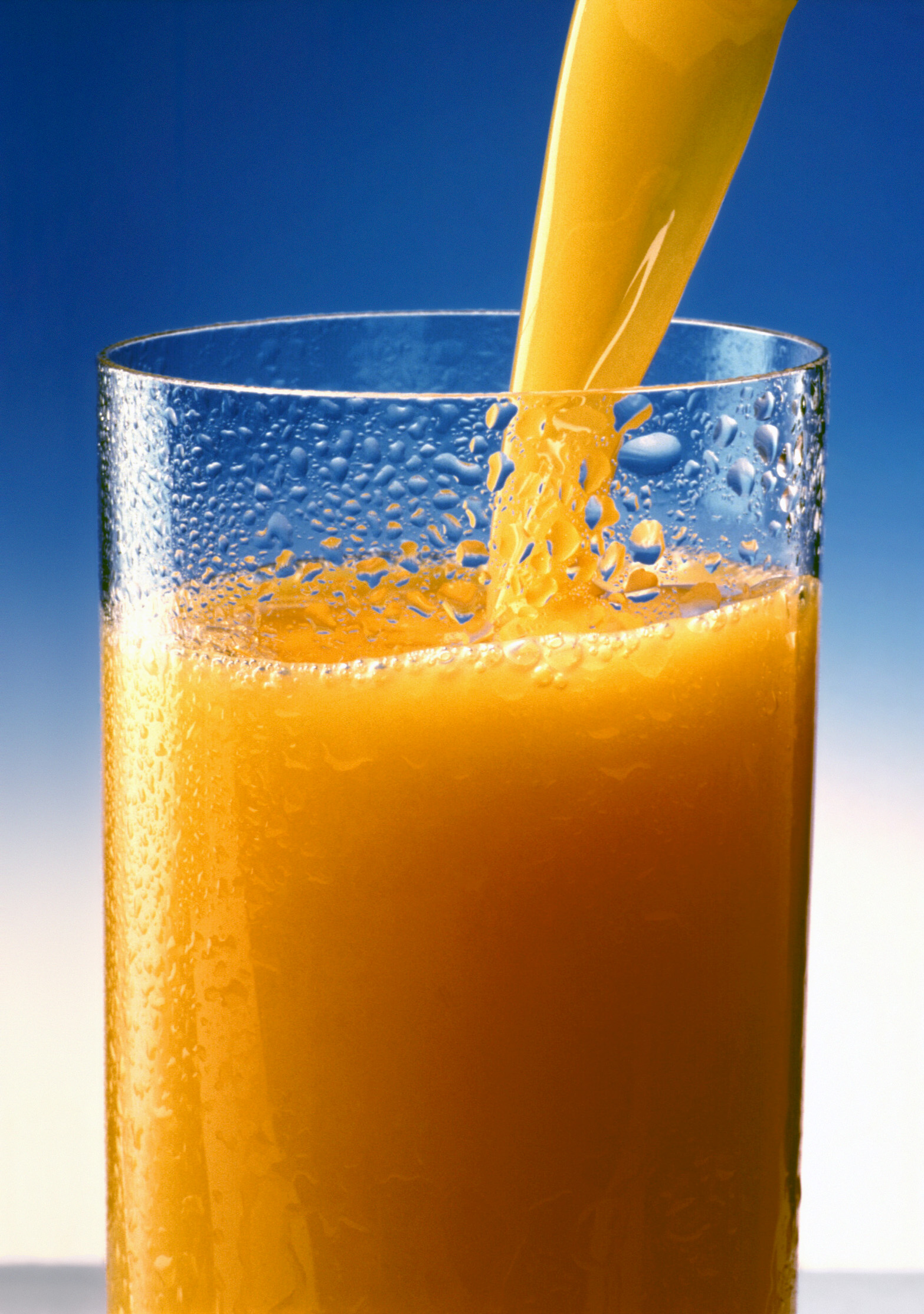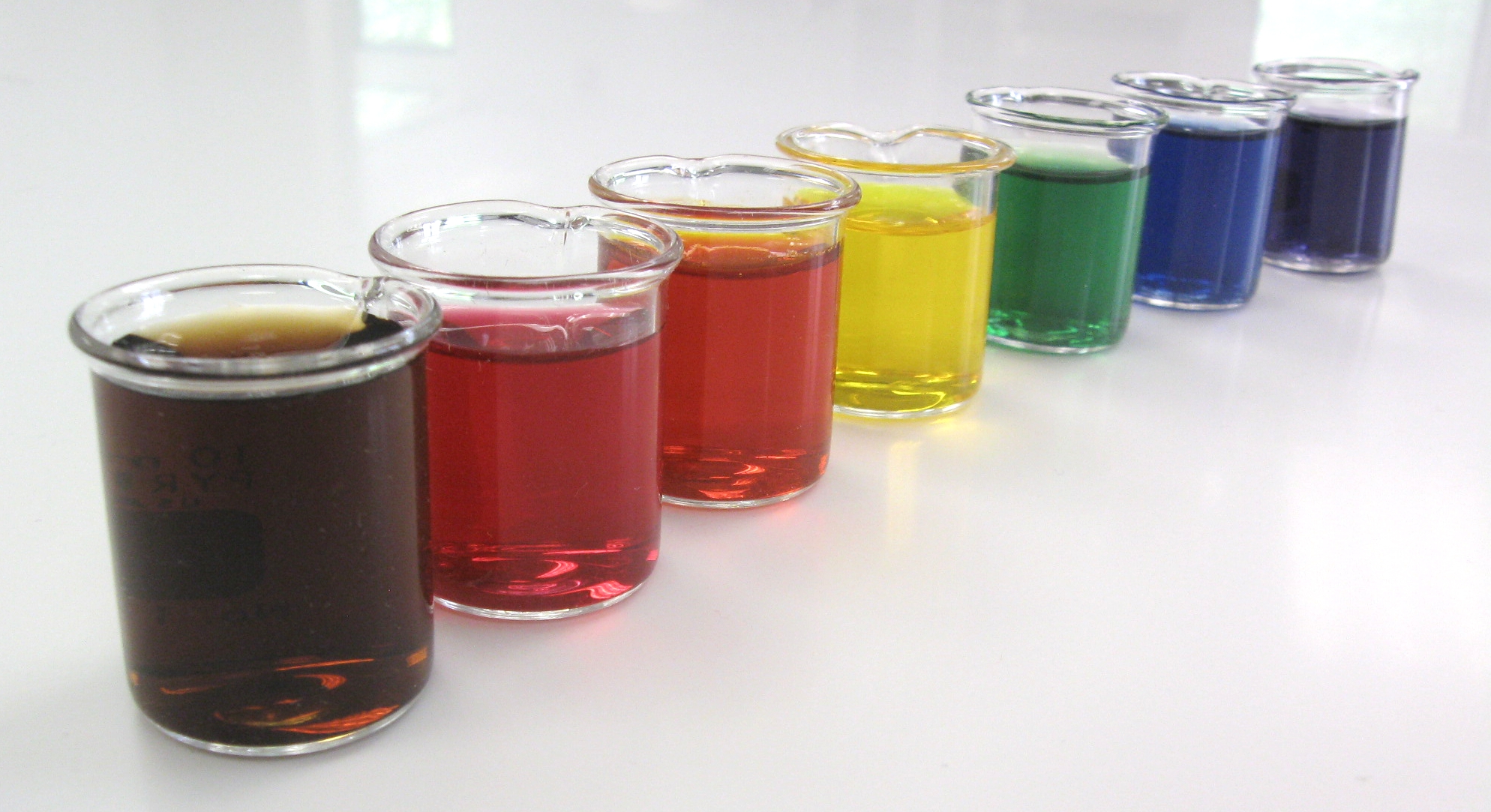|
├Ś Sorbaronia Fallax
├Ś ''Sorbaronia fallax'', synonyms including ├Ś ''Sorbaronia mitschurinii'' and ''Aronia'' ├Ś ''mitschurinii'', is an artificial hybrid between ''Aronia melanocarpa'' and ''Sorbus aucuparia''. Before genetic testing, it was thought to be a hybrid among cultivars of ''Aronia melanocarpa'', common ones including 'Viking' and 'Nero'.Skvortsov, A.K., Yu.K. Maitulina, and Y.N. Gorbunov. 1983. Cultivated black-fruited Aronia: Place, time, and probable mechanism of formation. Bull. MOIP. Otd. Biol. 88:88-9translationby Irina Kadis It has been suggested that ├Ś ''Sorbaronia fallax'' is the product of Russian pomologist Ivan Vladimirovich Michurin's early 20th-century experiments in wide hybridizations. Description This species is more robust than wild populations of ''Aronia melanocarpa''; the leaves are broader, and the fruits larger. It is tetraploid and self-fertile. Uses ├Ś ''Sorbaronia fallax'' has historically seen extensive cultivation in the former Soviet Union as its large fru ... [...More Info...] [...Related Items...] OR: [Wikipedia] [Google] [Baidu] |
Alexey Skvortsov
Alexey Konstantinovich Skvortsov (Ru:ąÉą╗ąĄą║čüąĄ╠üą╣ ąÜąŠąĮčüčéą░ąĮčéąĖ╠üąĮąŠą▓ąĖčć ąĪą║ą▓ąŠčĆčåąŠ╠üą▓) (9 February 1920 ŌĆō 8 May 2008) was a Soviet botanist and biologist, a specialist on amentiferous plantsŌĆöwillows (Salix), poplars (Populus), and birches (Betula) as well as plants of the evening primrose family (Onagraceae). A.K. Skvortsov was, at the same time, well known in Russia as an editor in ''Priroda'' (Nature) Magazine (1971ŌĆō2005) and author of many articles on botany, evolutionary biology, and Darwinism. Career A botanist of vast erudition, Skvortsov was a surveyor and contributor to many regional floras and a tireless collector of plant specimens. He collected at least 80,000 plant samples while walking across nearly all of the Soviet Union including the most remote regions of Russia and adjacent republics. He traveled in many other countries, including Northern and Central Europe, the United States, India, and China. The establishment of the Herbarium at the M ... [...More Info...] [...Related Items...] OR: [Wikipedia] [Google] [Baidu] |
Synonym (taxonomy)
In taxonomy, the scientific classification of living organisms, a synonym is an alternative scientific name for the accepted scientific name of a taxon. The Botanical nomenclature, botanical and Zoological nomenclature, zoological codes of nomenclature treat the concept of synonymy differently. * In nomenclature, botanical nomenclature, a synonym is a Binomial nomenclature, scientific name that applies to a taxon that now goes by a different scientific name. For example, Carl Linnaeus, Linnaeus was the first to give a scientific name (under the currently used system of scientific nomenclature) to the Norway spruce, which he called ''Pinus abies''. This name is no longer in use, so it is now a synonym of the current scientific name, ''Picea abies''. * In zoology, moving a species from one genus to another results in a different Binomial nomenclature, binomen, but the name is considered an alternative combination rather than a synonym. The concept of synonymy in zoology is reserved f ... [...More Info...] [...Related Items...] OR: [Wikipedia] [Google] [Baidu] |
Aronia Melanocarpa
''Aronia'' is a genus of deciduous shrubs, the chokeberries, in the family Rosaceae native to eastern North America and most commonly found in wet woods and swamps. The genus Aronia is considered to have 3 species. The most common and widely used is ''Aronia melanocarpa'' (black chokeberry) which emerged from Eastern North America. The lesser known ''Aronia arbutifolia'' (red chokeberry) and the hybrid form of the above mentioned species called ''Aronia prunifolia'' (purple chokeberry) were first cultivated in Central and Eastern North America. In the eighteenth century, the first shrubs of the best-known species ''Aronia melanocarpa'' reached Europe where they were first cultivated in Scandinavia and Russia. Chokeberries are cultivated as an ornamental plant and as a food plant. The sour berries, or aronia berries, can be eaten fresh off the bush, but are more frequently processed. They can be used to make wine, jam, syrup, juice, soft spreads, tea, salsa, extracts, bee ... [...More Info...] [...Related Items...] OR: [Wikipedia] [Google] [Baidu] |
Sorbus Aucuparia
''Sorbus aucuparia'', commonly called rowan (, also ) and mountain-ash, is a species of deciduous tree or shrub in the rose family. The tree has a slender trunk with smooth bark, a loose and roundish crown, and its leaves are pinnate in pairs of leaflets on a central vein with a terminal leaflet. It blossoms from May to June in dense corymbs of small yellowish white flowers and develops small red pomes as fruit that ripen from August to October and are eaten by many bird species. It is a highly variable species, and botanists have used different Circumscription (taxonomy), definitions of the species to include or exclude trees native to certain areas. A recent definition includes trees native to most of Europe and parts of Asia, as well as northern Africa. The range extends from Madeira, the British Isles and Iceland to Russia and northern China. Unlike many plants with similar distributions, it is not native to Japan. The plant is frost hardy and colonizes disrupted and inacces ... [...More Info...] [...Related Items...] OR: [Wikipedia] [Google] [Baidu] |
Ivan Michurin (biologist)
Ivan Vladimirovich Michurin (; ŌĆō June 7, 1935) was a Russian practitioner of selection to produce new types of crop plants, Honorable Member of the Soviet Academy of Sciences, and academician of the Lenin All-Union Academy of Agriculture. Throughout all his life, Michurin worked to create new sorts of fruit plants. He introduced over 300 new varieties. He was awarded the Order of Lenin and Order of the Red Banner of Labour for his achievements. The town of Michurinsk is named in his honor, as was the Bulgarian town of Tsarevo between 1950 and 1991. Life and work In 1875, Michurin leased a strip of land of about 500 square metres not far from Tambov, began collecting plants, and started his research in pomology and selection. In 1899, he acquired a much bigger strip of land of about 130,000 square metres and moved all of his plants there. In 1920, right after the end of the Russian Civil War, Vladimir Lenin ordered People's Commissar of Agriculture Semyon Sereda to organize a ... [...More Info...] [...Related Items...] OR: [Wikipedia] [Google] [Baidu] |
Tetraploid
Polyploidy is a condition in which the cells of an organism have more than two paired sets of ( homologous) chromosomes. Most species whose cells have nuclei (eukaryotes) are diploid, meaning they have two complete sets of chromosomes, one from each of two parents; each set contains the same number of chromosomes, and the chromosomes are joined in pairs of homologous chromosomes. However, some organisms are polyploid. Polyploidy is especially common in plants. Most eukaryotes have diploid somatic cells, but produce haploid gametes (eggs and sperm) by meiosis. A monoploid has only one set of chromosomes, and the term is usually only applied to cells or organisms that are normally diploid. Males of bees and other Hymenoptera, for example, are monoploid. Unlike animals, plants and multicellular algae have life cycles with two alternating multicellular generations. The gametophyte generation is haploid, and produces gametes by mitosis; the sporophyte generation is diploid and p ... [...More Info...] [...Related Items...] OR: [Wikipedia] [Google] [Baidu] |
Self-incompatibility In Plants
Self-incompatibility (SI) is a general name for several genetic mechanisms that prevent self-fertilization in sexually reproducing organisms, and thus encourage outcrossing and allogamy. It is contrasted with separation of sexes among individuals ( dioecy), and their various modes of spatial ( herkogamy) and temporal ( dichogamy) separation. SI is best-studied and particularly common in flowering plants, although it is present in other groups, including sea squirts and fungi. In plants with SI, when a pollen grain produced in a plant reaches a stigma of the same plant or another plant with a matching allele or genotype, the process of pollen germination, pollen-tube growth, ovule fertilization, or embryo development is inhibited, and consequently no seeds are produced. SI is one of the most important means of preventing inbreeding and promoting the generation of new genotypes in plants and it is considered one of the causes of the spread and success of angiosperms on Earth. Mec ... [...More Info...] [...Related Items...] OR: [Wikipedia] [Google] [Baidu] |
Soviet Union
The Union of Soviet Socialist Republics. (USSR), commonly known as the Soviet Union, was a List of former transcontinental countries#Since 1700, transcontinental country that spanned much of Eurasia from 1922 until Dissolution of the Soviet Union, it dissolved in 1991. During its existence, it was the list of countries and dependencies by area, largest country by area, extending across Time in Russia, eleven time zones and sharing Geography of the Soviet Union#Borders and neighbors, borders with twelve countries, and the List of countries and dependencies by population, third-most populous country. An overall successor to the Russian Empire, it was nominally organized as a federal union of Republics of the Soviet Union, national republics, the largest and most populous of which was the Russian SFSR. In practice, Government of the Soviet Union, its government and Economy of the Soviet Union, economy were Soviet-type economic planning, highly centralized. As a one-party state go ... [...More Info...] [...Related Items...] OR: [Wikipedia] [Google] [Baidu] |
Juice
Juice is a drink made from the extraction or Cold-pressed juice, pressing of the natural liquid contained in fruit and vegetables. It can also refer to liquids that are flavored with concentrate or other biological food sources, such as meat or seafood, such as clam juice. Juice is commonly consumed as a beverage or used as an ingredient or flavoring in foods or other beverages, such as smoothies. Juice emerged as a popular beverage choice after the development of pasteurization methods enabled its preservation without using fermentation (which is used in wine production). The largest fruit juice consumers are New Zealand (nearly a Cup (unit), cup, or 8 ounces, each day) and Colombia (more than three quarters of a cup each day). Fruit juice consumption on average increases with a country's income level. Etymology The word "juice" comes from Old French in about 1300; it developed from the Old French words "''jus, juis, jouis''", which mean "liquid obtained by boiling herbs". ... [...More Info...] [...Related Items...] OR: [Wikipedia] [Google] [Baidu] |
Wine
Wine is an alcoholic drink made from Fermentation in winemaking, fermented fruit. Yeast in winemaking, Yeast consumes the sugar in the fruit and converts it to ethanol and carbon dioxide, releasing heat in the process. Wine is most often made from grapes, and the term "wine" generally refers to grape wine when used without any qualification. Even so, wine can be made fruit wine, from a variety of fruit crops, including plum, cherry, pomegranate, blueberry, Ribes, currant, and Sambucus, elderberry. Different varieties of grapes and Strain (biology), strains of yeasts are major factors in different styles of wine. These differences result from the complex interactions between the Biochemistry, biochemical development of the grape, the reactions involved in fermentation, the grape's growing environment (terroir), and the wine production process. Many countries enact legal appellations intended to define styles and qualities of wine. These typically restrict the geographical origin ... [...More Info...] [...Related Items...] OR: [Wikipedia] [Google] [Baidu] |
Flavoring
A flavoring (or flavouring), also known as flavor (or flavour) or flavorant, is a food additive that is used to improve the taste or smell of food. It changes the perceptual impression of food as determined primarily by the chemoreceptors of the gustatory and olfactory systems. Along with additives, other components like sugars determine the taste of food. A flavoring is defined as a substance that gives another substance taste, altering the characteristics of the solute, causing it to become sweet, sour, tangy, etc. Although the term, in common language, denotes the combined chemical sensations of taste and smell, the same term is used in the fragrance and flavors industry to refer to edible chemicals and extracts that alter the flavor of food and food products through the sense of smell. Owing to the high cost, or unavailability of natural flavor extracts, most commercial flavorings are "nature-identical", which means that they are the chemical equivalent of natural ... [...More Info...] [...Related Items...] OR: [Wikipedia] [Google] [Baidu] |
Food Coloring
Food coloring, color additive or colorant is any dye, pigment, or substance that imparts color when it is added to food or beverages. Colorants can be supplied as liquids, powders, gels, or pastes. Food coloring is commonly used in commercial products and in domestic cooking. Food colorants are also used in various non-food applications, including cosmetics, pharmaceuticals, home craft projects, and medical devices. Some colorings may be natural, such as with carotenoids and anthocyanins extracted from plants or cochineal from insects, or may be synthesized, such as tartrazine yellow. In the manufacturing of foods, beverages and cosmetics, the safety of colorants is under constant scientific review and certification by national regulatory agencies, such as the European Food Safety Authority (EFSA) and US Food and Drug Administration (FDA), and by international reviewers, such as the Joint FAO/WHO Expert Committee on Food Additives. Purpose of food coloring People asso ... [...More Info...] [...Related Items...] OR: [Wikipedia] [Google] [Baidu] |







